Lantana, a vibrant flowering plant known for its clusters of bright blooms and tolerance to heat, is a favorite among gardeners seeking color with minimal care. Native to tropical and subtropical regions of the Americas and Africa, Lantana (Lantana camara) thrives in sunny environments and can flourish in both containers and ground beds.
One of the most common questions about lantana care is:
How often should you water a lantana?
The answer isn’t always straightforward, as it depends on various factors such as climate, soil type, age of the plant, and whether it’s potted or in the ground. In this article, we’ll provide a complete, detailed guide on how to properly water your lantana, how to recognize signs of under- or overwatering, and tips to ensure a healthy, thriving plant.
Understanding Lantana’s Water Needs
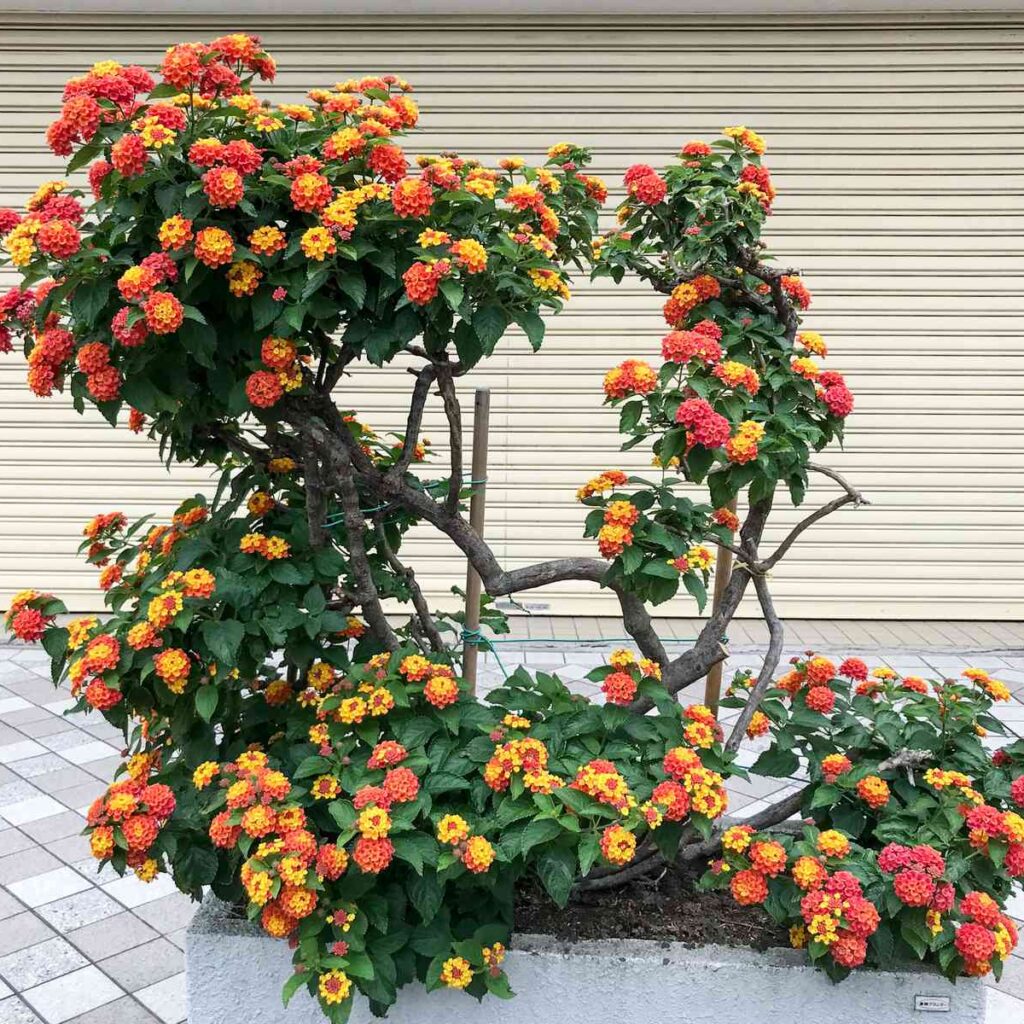
Lantana is considered a drought-tolerant plant, especially once established. Unlike thirsty annuals or tropical flowers, lantana has low to moderate water requirements, and in many cases, it actually prefers dry conditions over constantly moist soil.
Key Traits:
- Deep root system (especially in older plants)
- Thick leaves that resist wilting
- Tolerance to heat, sun, and even salt (ideal for coastal gardens)
These characteristics mean that overwatering is more dangerous than underwatering for lantana. Knowing how and when to water is essential to prevent root rot and encourage blooming.
How Often to Water a Lantana: The Short Answer
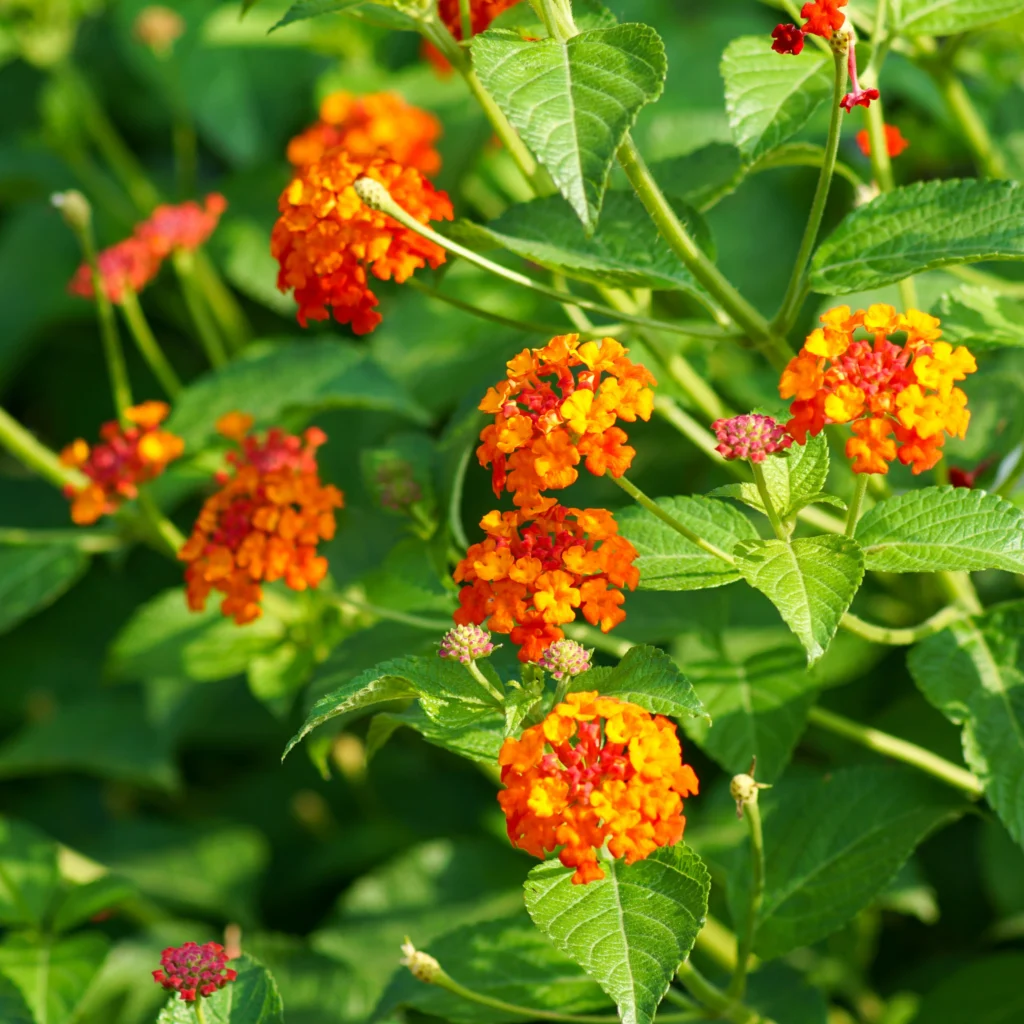
| Growth Stage / Setting | Watering Frequency |
|---|---|
| Newly planted in ground | Every 2–3 days for first 2–3 weeks |
| Established in ground | Once every 7–10 days (more in extreme heat) |
| Container-grown lantana | Every 3–5 days; check for dryness |
| Dormant season (fall/winter) | Reduce to once every 2–3 weeks or less |
Tip: Always check soil moisture before watering. Lantana prefers soil to dry out slightly between waterings.
Factors Affecting Watering Frequency
1. Plant Age and Establishment
- Newly planted lantanas need more frequent watering to help roots develop.
- Established lantanas (planted 1+ year ago) are very drought-tolerant and require minimal watering unless it’s very hot or dry.
2. Container vs. Ground Planting
- Container-grown lantana dries out faster due to limited soil and drainage.
- In-ground plants retain moisture longer, especially with mulch and proper soil prep.
3. Soil Type
- Sandy soil drains quickly and may require more frequent watering.
- Clay soil holds water longer and needs less frequent watering.
- Well-drained loamy soil is ideal for lantana.
4. Climate and Weather
- In hot, dry, or windy climates, increase watering frequency.
- During rainy or humid seasons, reduce watering to avoid soggy roots.
How to Water Lantana Properly
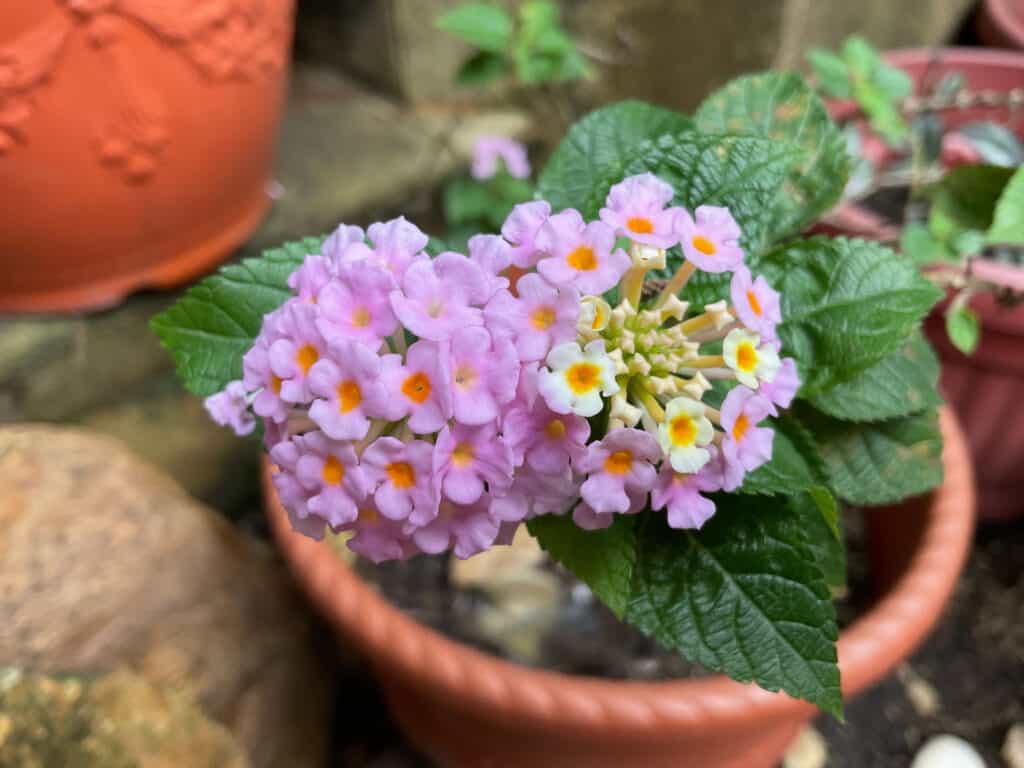
Proper technique is just as important as frequency.
Best Practices:
- Water at the base, not on the leaves, to prevent fungal issues.
- Water deeply, allowing water to soak 6–8 inches into the soil.
- Use a soaker hose or slow drip method to encourage deep root growth.
- Allow the top 1–2 inches of soil to dry out between waterings.
Avoid light, frequent watering that only wets the surface. Deep watering encourages stronger, deeper roots, making your lantana more resilient.
Signs of Overwatering and Underwatering
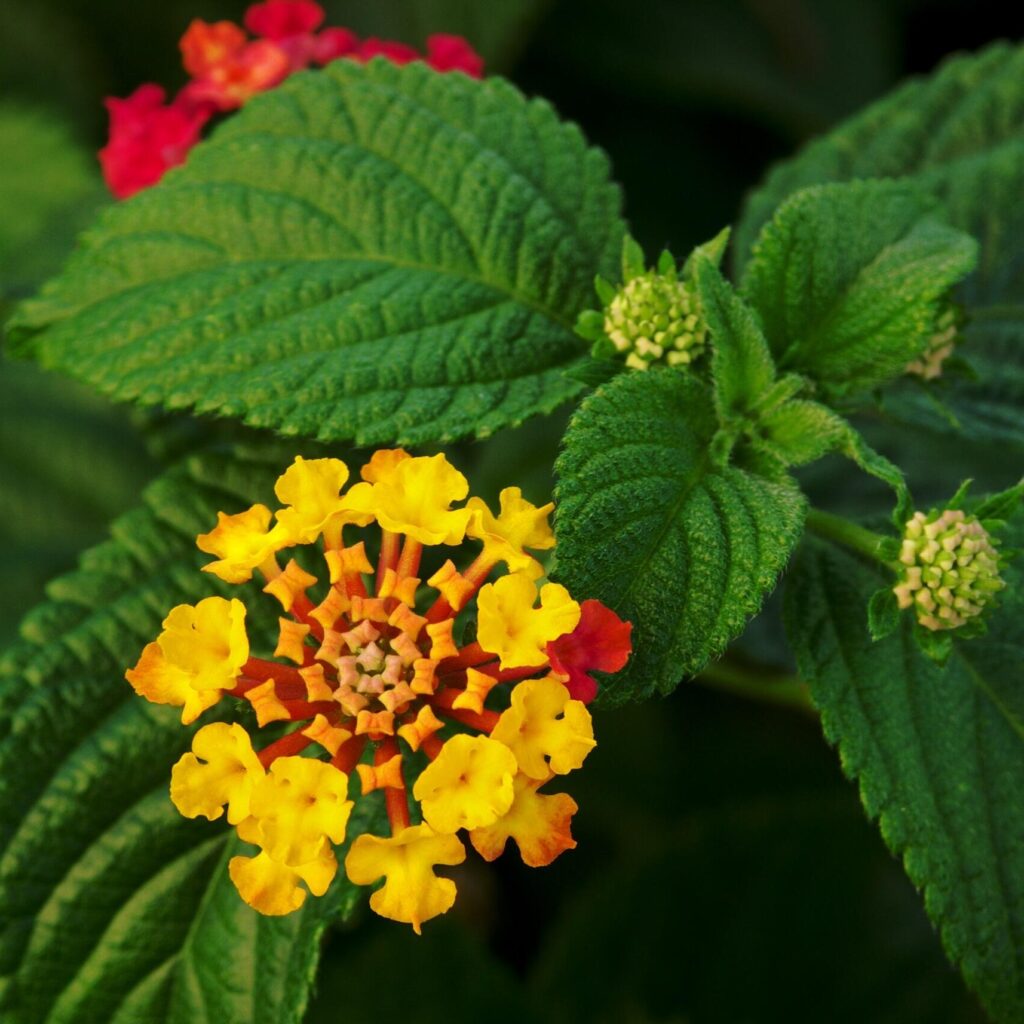
Overwatering Symptoms:
- Yellowing leaves
- Wilting despite moist soil
- Mushy stems
- Root rot
- Fungal diseases
Underwatering Symptoms:
- Dry, brittle leaves
- Curling or browning leaf edges
- Wilting with dry soil
- Fewer or smaller flowers
Solution: Always check soil moisture with your finger before watering. If it’s dry 1–2 inches below the surface, it’s time to water.
Watering Lantana in Different Seasons
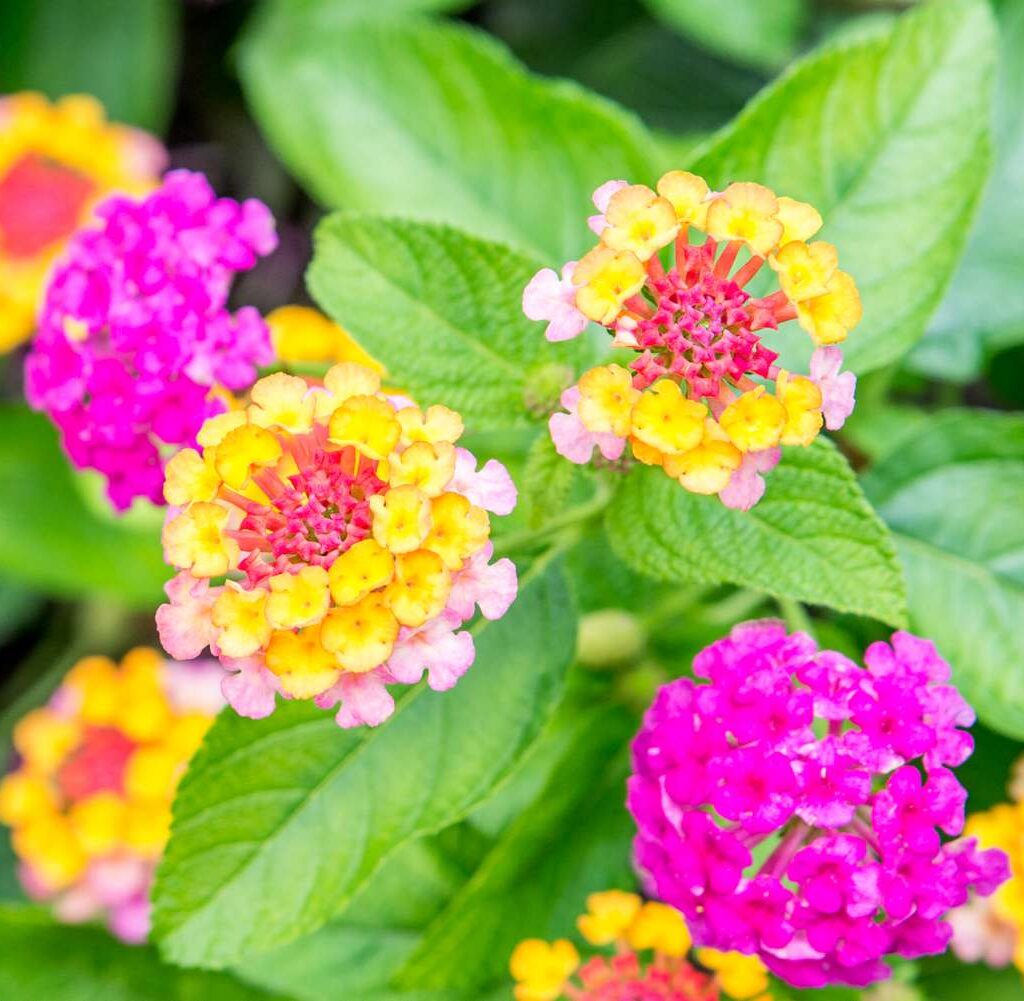
Spring
- Moderate watering (every 5–7 days)
- Resume regular watering as plant comes out of dormancy
Summer
- Water more frequently (every 3–5 days) in extreme heat
- Use mulch to retain soil moisture
Fall
- Gradually reduce watering as temperatures drop
- Let the soil dry more between waterings
Winter
- Minimal to no watering if plant goes dormant
- Only water during prolonged dry spells if soil is completely dry
Note: In zones where lantana is grown as an annual or goes dormant, reduce watering significantly in fall and winter.
Watering Lantana Indoors or in Containers
Container plants dry out faster due to wind, sun exposure, and limited soil volume.
Tips for Potted Lantana:
- Check soil daily during summer.
- Water when the top 1 inch feels dry.
- Ensure pot has drainage holes to prevent waterlogging.
- Use a well-draining potting mix (cactus or succulent soil is ideal).
- Elevate pot slightly to encourage drainage and airflow.
Using Mulch to Help With Watering
Applying 2–3 inches of organic mulch (like bark, straw, or shredded leaves) around your lantana can:
- Retain soil moisture
- Regulate soil temperature
- Suppress weeds
- Reduce watering needs by up to 50%
Keep mulch a few inches away from the base of the plant to prevent stem rot.
Special Watering Tips for Lantana Varieties
Some lantana varieties are more tolerant of drought or humidity.
- ‘Miss Huff’: One of the most cold-hardy and drought-tolerant lantanas.
- Trailing lantana (Lantana montevidensis): Ideal for hanging baskets; water more often in hot weather.
- Hybrid lantanas: May require slightly more water depending on bloom density and size.
Always monitor how specific varieties respond in your unique growing conditions.
Common Watering Mistakes to Avoid
- Watering on a schedule regardless of weather
→ Instead, water based on soil moisture and weather conditions. - Using shallow watering methods
→ Deep watering promotes strong root growth. - Letting potted lantana sit in standing water
→ Always use pots with proper drainage. - Watering in the heat of the day
→ Water in the early morning or late afternoon to reduce evaporation.
Conclusion
So, how often should you water a lantana?
The answer depends on your plant’s age, environment, and how it’s grown—but the golden rule is: less is more. Lantana thrives when the soil is allowed to dry out between waterings. Overwatering can quickly lead to root rot and disease, while underwatering is usually less harmful thanks to its drought tolerance.
With the right watering habits, your lantana will reward you with long-lasting blooms, vibrant colors, and healthy growth throughout the growing season. Whether in containers, garden beds, or hanging baskets, consistent and mindful watering is the key to helping your lantana thrive.

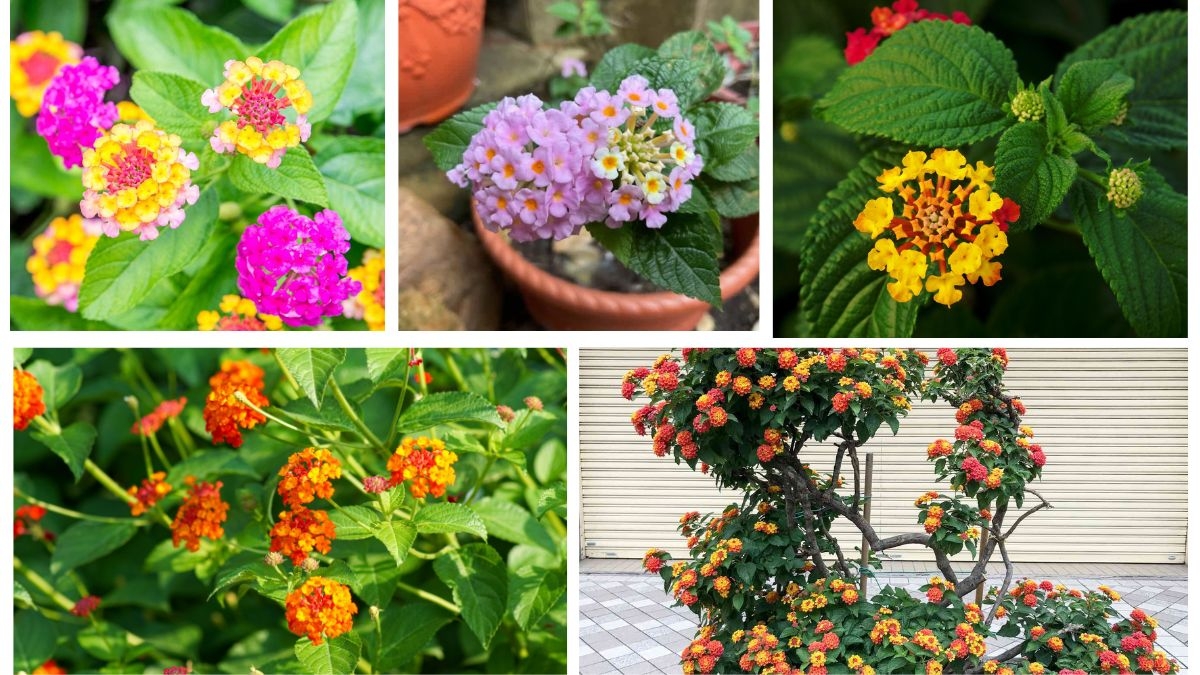



Leave A Comment